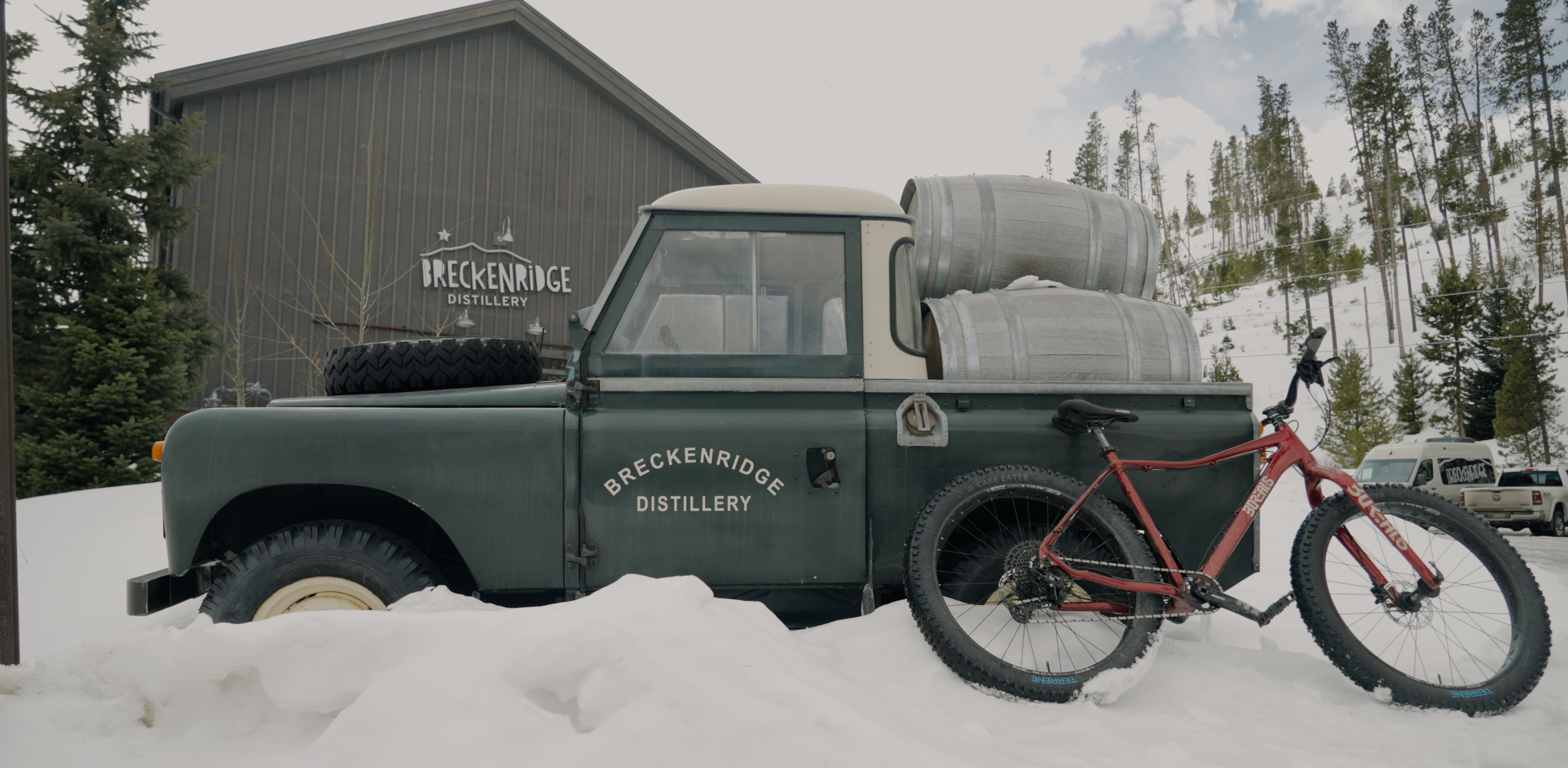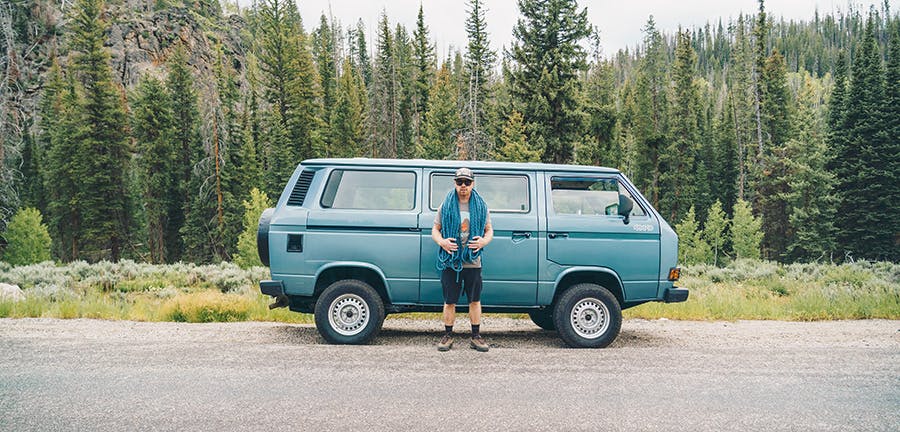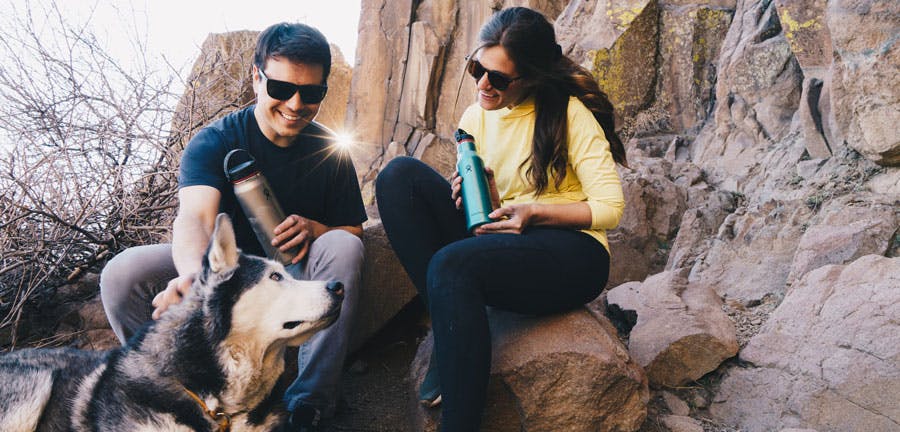Epic Climbing Trip Logistics

So. You’ve picked your dream destination. Much like climbing itself, lofty trips are best realized with hard work, a cool head and a logistical approach. Now that you’ve figured out where you want to go, time to make it happen. Here are a few logistical questions to consider before you go:
How much will it cost?

The last thing you want is to run out of money, stranded, forced to hitchhike your way home. If you’re staying within the U.S., southern Canada, or northern Mexico, a long road trip is most likely your cheapest option—especially if you’re splitting gas with friends. Aside from gas, the main cost on a road trip is food (pack a cooler, we recommend Yeti you’ll save money on grub and beer-drinking trip mates will appreciate you more). Of course, keep in mind the often-incalculable risk of wear and tear on the vehicle.
The main drawback to driving somewhere? That’d be time. If you’ve only got seven days off work, a 15-hour drive each way isn’t ideal. When time is a factor, flying is worth considering—even though it will cost more money. If you’re traveling with just a sport climbing rack, you should have no problem getting through security.
Flying international? Expect to pay anywhere from $700 (lucky) to $1,500 or more (yikes). But don’t let that deter you. If you’ve carefully picked your destination, it should be incredibly cheap once you get there. For example, you can rent a bungalow for an entire week in Tonsai, Krabi, Thailand for just $18.
Once we’re there, how do we get to the crag?

Getting most of the way to your destination might be trivial – it’s easy to fall asleep on an international flight – though you’re going to want to be wide awake as soon as you hit customs. Getting to the climb can be an adventure in and of itself. You might end up miming the act of climbing to a confused taxi driver. Maybe a curmudgeonly mule is your best option for transportation. Who knows? It’s all part of the game, right?
Though some spontaneity is to be expected, check out sites like Mountain Project and figure out what it will really take to get to the base of the climb. You don’t want to show up in flip-flops and then learn you have an 8-mile hike into the wilderness.
Is it safe?

Of course, you need pro, but all the gear in the world won’t keep you safe if a country is on the verge of a political revolution or a hurricane is destined to make landfall in the middle of your deep water soloing trip. Research before you buy those plane tickets. What’s political stability like? Flying into Mexico is relatively safe (though much depends on your plans once you arrive), but if you’re going to drive to Potrero Chico and cross the border at Nuevo Laredo, you likely haven’t read up too much on the region. Trying a few routes on the Eiger in Switzerland? You’re probably pretty safe without so much as a luggage lock—though you’ll be paying more than $18 a week for Swiss chalet.
Break Glass in Case of Emergency
An often overlooked topic of trip planning and logistics is what to do if there’s an accident. If something terrible were to happen, how would you get out of the wilderness? How long would it take for emergency crews to get to you. Does anyone know where you are?
The most basic thing you can do to ensure your rescue is to leave your itinerary with someone that’s not on the trip. Give them a start and end date and numbers for them to call if they don’t hear from you. If you’re truly remote, bring a satellite phone like the Spot so you can phone for help.
Since you’re a climber, you might as well support the American Alpine Club by getting a membership and receive $10,000 in rescue insurance, including $5,000 for international travel.





